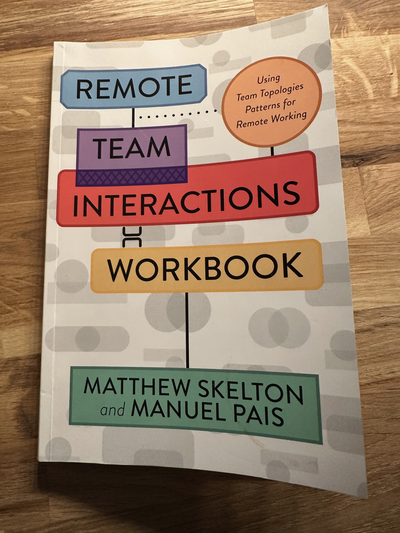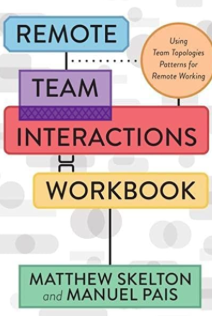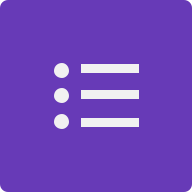Remote Team Interaction Workbook

It is a keeper. A brief yet detailed write-up of what to be mindful of with remote team interactions.
Focus on Remote Team Interactions
Using Google's five keys to successful teams: “Who is on a team matters less than how the team members interact, structure their work, and review their contributions.”
The five fundamental dynamics are:
- Psychological safety: Can teams take risks without feeling insecure?
- Dependability: Can teams count on one another?
- Structure and clarity: Are there clear goals, roles, and execution plans?
- Meaning of work: Is the work personally crucial to the team?
- Impact of work: Does the team believe the work matters?
Cognitive Load Assessment
There is a limit to the amount of data we can grasp and process; books like Thinking, Fast and Slow describe it using System One and System Two. And in Software Development, the Cognitive Complexity of code is a useful measure to communicate the mental energy a given piece of code demands.
The same applies to teams, there are limits set out, and we better follow them. An excellent way to evaluate the cognitive load is the following example questions.
Team API
It covers a range of aspects, including:
- Artifacts owned by the team (libraries, applications, services, etc.)
- versioning and testing approaches
- whiskeys and documentation
- practices and principles
- road map and priorities
- communication preferences (when/how)
A template is available here. It helps communicate the purpose and value a team provides and how one utilizes the work of a team.
Dependency Tracking
Teams are part of a sociotechnical system and depend upon others at some point. Dependency tags on kanban cards can be used for this, such as Dominica DeGrandis, Making Work Visible: Exposing Time Theft to Optimize Work & Flow.

Setting Team Boundaries
Dunbar's Number explains why we can only maintain 150 relationships.

The takeaway is ensuring that systems are built to support our limitations.
Military groups are structured that way too.
| People | Military name | Anthropological equivalent |
|---|---|---|
| 8 | Section | Hunting party |
| 30-50 | Troop | Tribe |
| 100-150 | Company | Village |
Team-focused conventions for chat tools
Be mindful of how you communicate, and use a searchable and standardized way.

